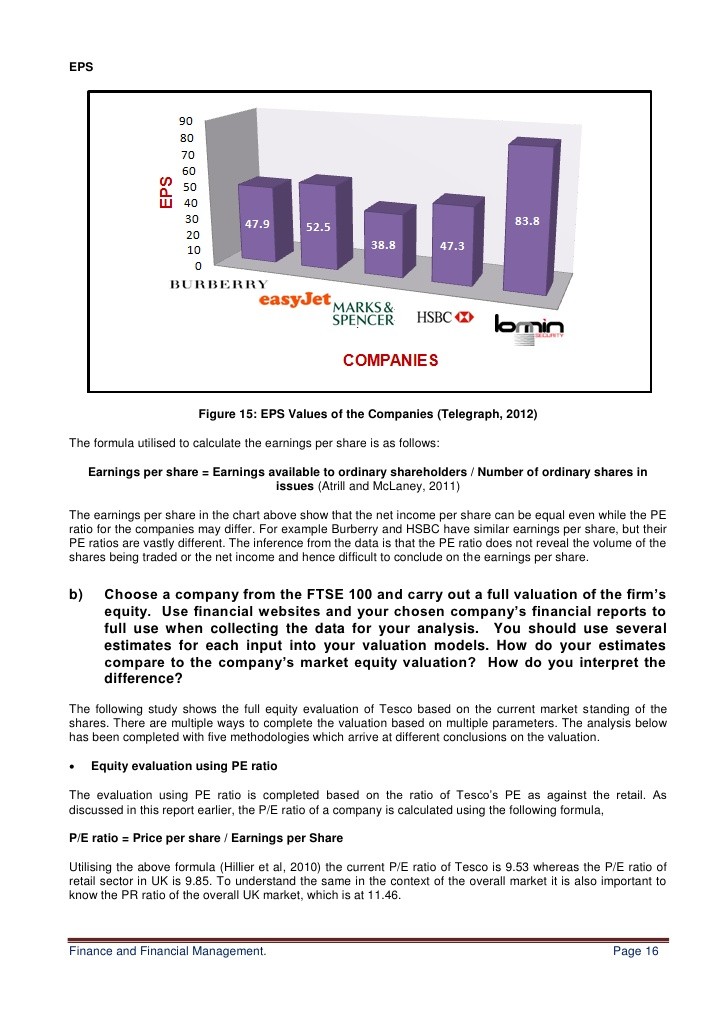The 5 Types Of Earnings Per Share Yahoo Finance UK
Post on: 2 Июнь, 2015 No Comment

Writer Gertrude Stein once said, A rose is a rose is a rose, but the same cannot be said about earnings per share (EPS).
While the math may be simple, there are many varieties of EPS being used these days and investors must understand what each one represents, if they’re to make informed investment decisions. For example, the EPS announced by a company may differ significantly from what is reported in the financial statements and in the headlines. As a result, a stock may appear over or under-valued depending on the EPS being used. This article will define some of the varieties of EPS and discuss their pros and cons.
By definition, EPS is net income divided by the number of shares outstanding, however, both the numerator and denominator can change depending on how you define earnings and shares outstanding. There are numerous ways to define earnings, so let’s start with shares outstanding.
Shares Outstanding
Shares outstanding can be classified as either primary, or basic, (primary EPS) or fully diluted (diluted EPS). Primary EPS is calculated using the number of shares that have been issued and held by investors. These are the shares that are currently in the market and can be traded.
Diluted EPS entails a complex calculation that determines how many shares would be outstanding if all exercisable warrants, options, etc. were converted into shares at a point in time, generally the end of a quarter. Diluted EPS is preferred, because it is a more conservative number that calculates EPS, as if all possible shares were issued and outstanding. The number of diluted shares can change as share prices fluctuate (as options fall into/out of the money), but generally the Street assumes the number is fixed as stated in the 10-Q or 10-K.
Companies report both primary and diluted EPS and the focus is generally on diluted EPS, but investors should not assume this is always the case. Sometimes, diluted and primary EPS are the same, because the company does not have any in-the-money options, warrants or convertible bonds outstanding. Companies can discuss either, so investors need to be sure which is being used.
As a general rule, EPS can be whatever the company wants it to be, depending on assumptions and accounting policies. Corporate spin doctors focus media attention on the number the company wants in the news, which may or may not be the EPS reported in documents filed with the Securities & Exchange Commission (SEC). Based on a set of assumptions, a company can report a high EPS, which reduces the P/E multiple and makes the stock look undervalued. The EPS reported in the 10-Q, however, can result in a much lower EPS and an overvalued stock on a P/E basis. This is why it is critical for investors to read carefully and know what type of earnings is being used in the EPS calculation.
There are five types of EPS to be defined in the context of the type of earnings being used:
Reported EPS (or GAAP EPS)
We define reported EPS as the number derived from generally accepted accounting principles (GAAP), which are reported in SEC filings. The company derives these earnings according to the accounting guidelines used. A company’s reported earnings can be distorted by GAAP. For example, a one-time gain from the sale of machinery or a subsidiary could be considered as operating income under GAAP and cause EPS to spike. Also, a company could classify a large lump of normal operating expenses as an unusual charge, which can boost EPS because the unusual charge is excluded from calculations. Investors need to read the footnotes in order to decide what factors should be included in normal earnings and make adjustments in their own calculations.














